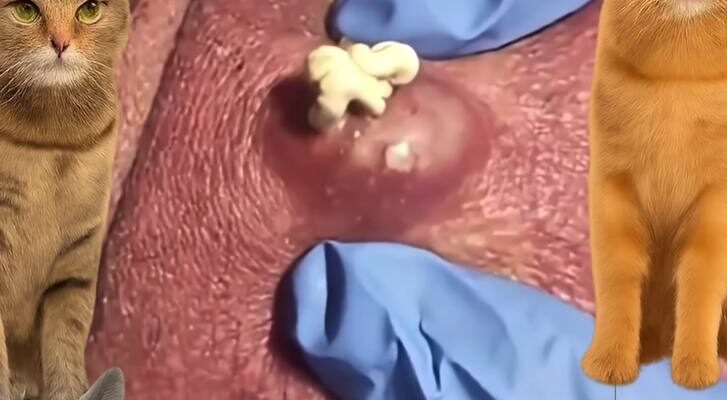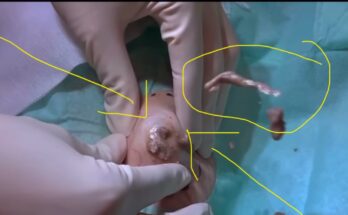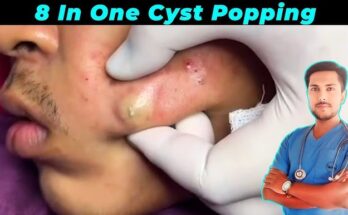Uterine fibroids, also known as leiomyomas or myomas, are noncancerous growths of the uterus that often appear during childbearing years. While they are generally benign, fibroids can significantly impact a woman’s quality of life—causing heavy menstrual bleeding, pelvic pain, pressure symptoms, and in some cases, fertility problems. The good news? Modern medicine now offers effective and painless treatments that provide relief without the need for invasive surgery.
Understanding the Challenge of Fibroids
Fibroids can vary greatly in size and number. For some women, they are symptomless and discovered only during routine exams. For others, they cause chronic discomfort and disruption to daily life. Traditionally, treatment options included medications for symptom relief or invasive surgical procedures like hysterectomy or myomectomy. However, these options were not always ideal—especially for women wanting to preserve fertility or avoid major surgery.
Minimally Invasive Breakthroughs
In recent years, there has been a shift toward minimally invasive and non-surgical treatments that are both effective and less painful. These include:
1. Uterine Fibroid Embolization (UFE)
UFE is a non-surgical outpatient procedure performed by an interventional radiologist. It involves blocking the blood supply to the fibroids, causing them to shrink and symptoms to subside. Most patients report minimal discomfort, a short recovery time, and a significant reduction in symptoms within weeks.
2. MRI-Guided Focused Ultrasound (MRgFUS)
This innovative treatment uses high-frequency ultrasound waves to destroy fibroid tissue without any incisions. Guided by MRI, it offers a high level of precision, preserving healthy uterine tissue. The procedure is non-invasive, painless, and typically allows women to return to normal activities the next day.
3. Hormonal Treatments and Oral Medications
For smaller fibroids or those with mild symptoms, hormonal therapies like GnRH agonists or selective progesterone receptor modulators can be effective. New oral medications are also emerging that target fibroid symptoms with fewer side effects than older hormonal treatments.
A Personalized Approach
What sets today’s treatment options apart is the ability to tailor them to individual needs. Whether the goal is symptom relief, fertility preservation, or avoiding surgery, healthcare providers can now offer a wide range of options that meet a woman’s specific circumstances.
Living Without Fear of Fibroids
Gone are the days when fibroids automatically meant surgery or suffering in silence. With painless, outpatient procedures now widely available, women have more control over their reproductive health than ever before.
Final Thoughts
If you’re living with fibroids, know that you no longer have to choose between pain and invasive treatment. Speak with a qualified gynecologist or interventional radiologist to explore the modern, minimally invasive solutions that can restore your quality of life quickly and comfortably.



